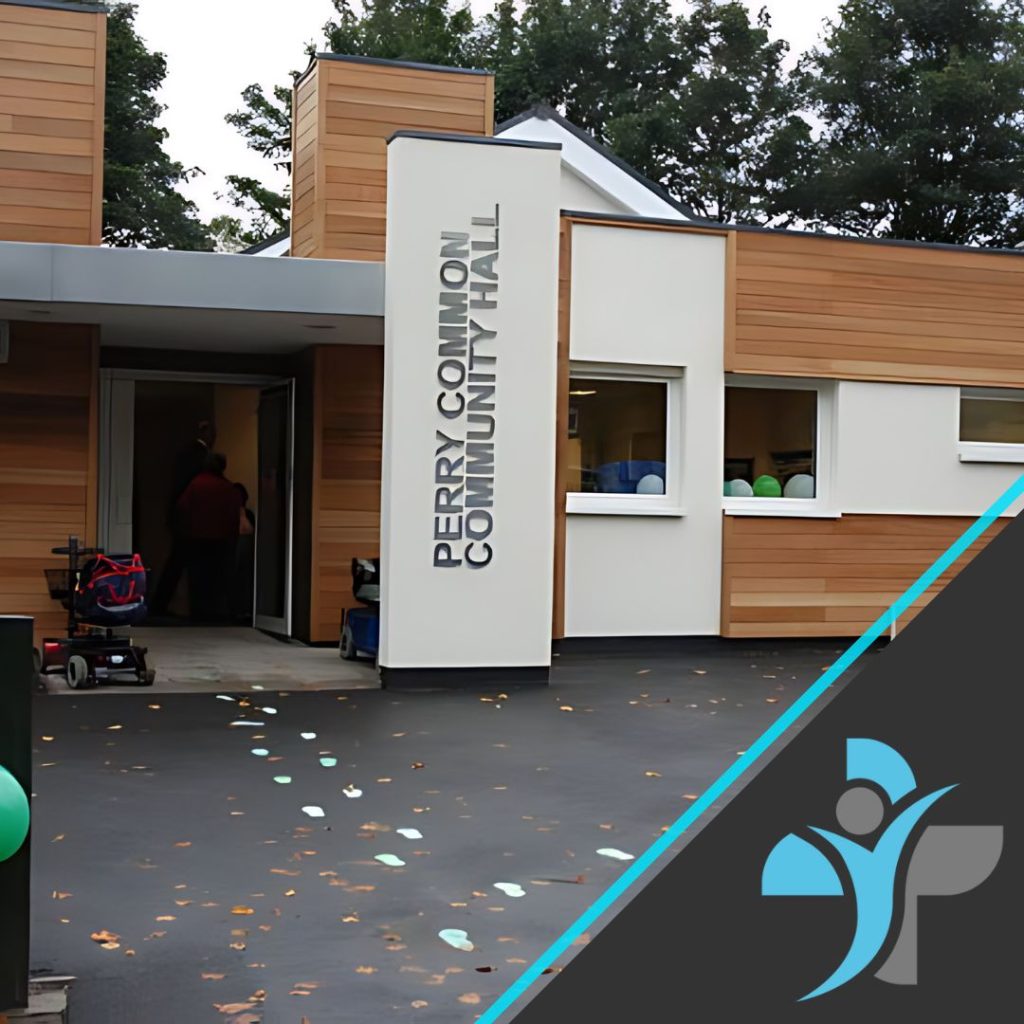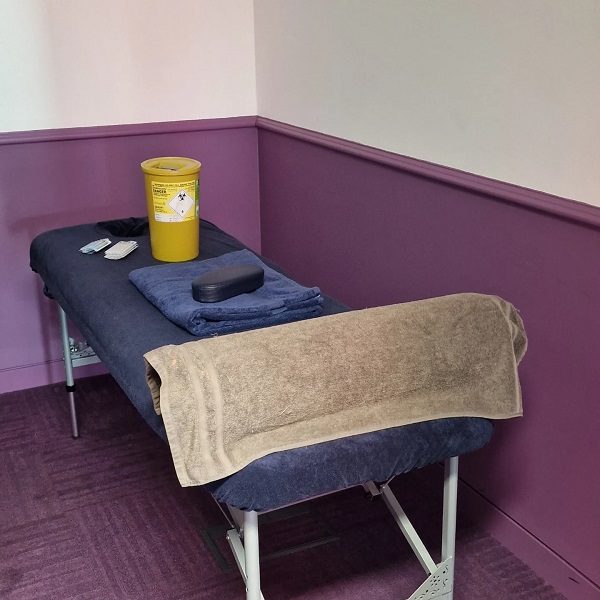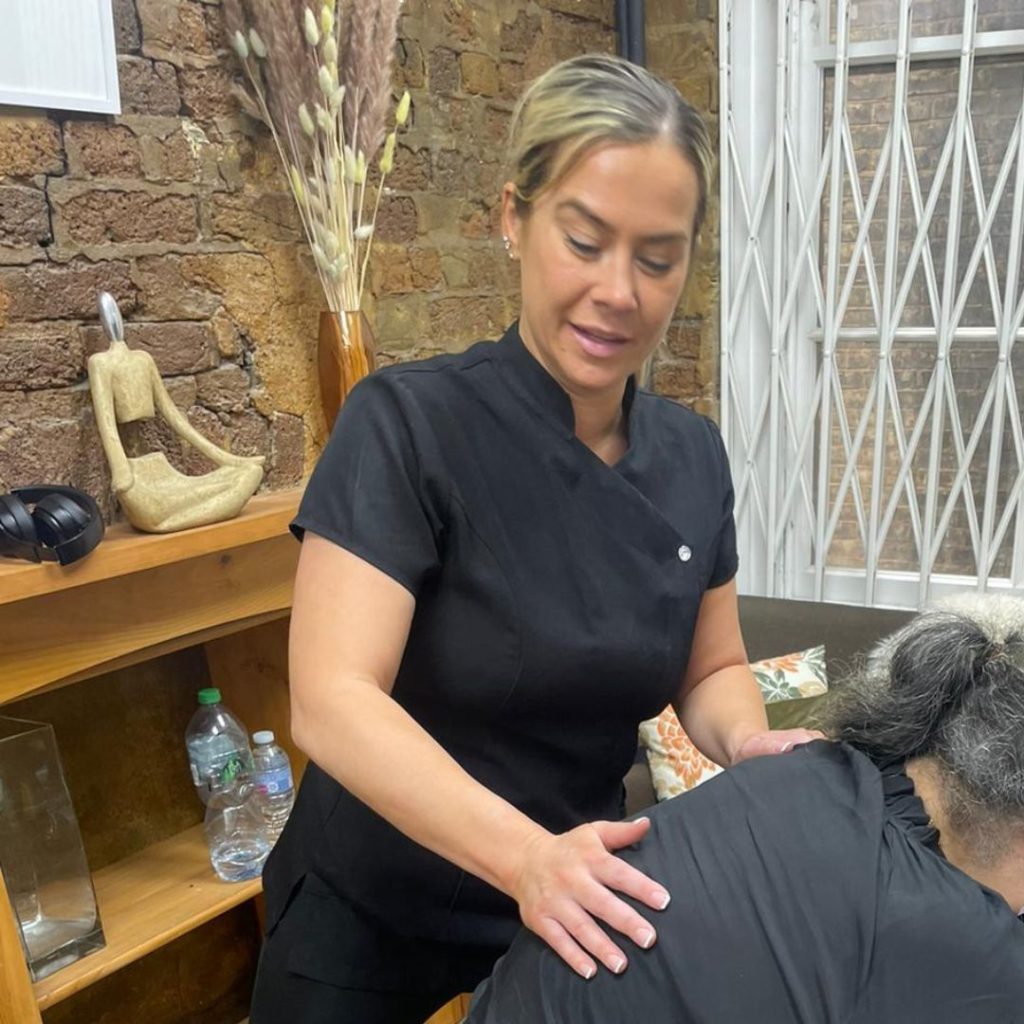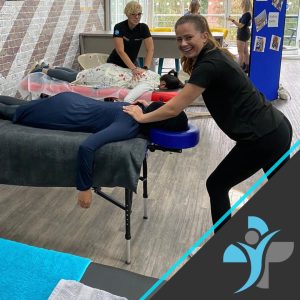Supporting Employees at Witton Lodge Community Association with Bi-Weekly On-Site Massages
At the Witton Lodge Community Association in Sutton Coldfield, Birmingham, the taff dedicate themselves to providing exceptional support and care for their community. Recognizing the immense physical and emotional demands placed on these hardworking individuals, we are proud to offer a bi-weekly on-site massage service designed to provide much-needed relief and relaxation.
Our specialist team of soft tissue therapists visits the community centre every other week, bringing with them a wealth of experience and expertise in alleviating physical fatigue and stress. We understand the unique challenges faced by their staff facing the troubles of social housing vulnerable people, within their jobs require lots of running around and sitting at desks, thus including upper and lower back soreness from long hours, not to mention the emotional strain that comes with their responsibilities. To address these issues, we offer both chair and couch massages, ensuring that each session is tailored to the specific needs of the staff.

The chair massages focus on relieving tension in the upper back, neck, and shoulders—common areas of discomfort for those who spend a lot of time on their feet or performing repetitive tasks. Meanwhile, the couch massages provide deeper relief for lower back pain and muscle fatigue, offering a comprehensive approach to physical wellbeing.
The benefits of these massages extend beyond mere physical relief. Our sessions also serve as a vital source of relaxation and stress relief, helping the employees recharge and maintain their emotional resilience. The positive impact on staff morale is evident, with many expressing their gratitude for the opportunity to unwind and rejuvenate during their busy schedules.
Providing this service to thestaff at Witton Lodge Community Asociation is our way of giving back to those who give so much to others. By investing in their employee wellbeing, we aim to support their continued dedication and passion for their roles. These bi-weekly massage sessions are more than just a break from the daily grind—they are an essential part of maintaining a healthy, happy, and motivated team.
If you are interested in our corporate employee wellbeing packages, or in particular the office massage, then please contact our team or make a booking enquiry.





